Biochar
Biochar is another name for charcoal, produced by heating wood or other vegetable-based materials in an oxygen-restricted chamber. The fine carbon skeleton left after this process has a large surface area with a very high cationic exchange capacity, so that when it is added to soil, especially heat- and drought-degraded soil, it can rapidly improve the soil’s ability to store and then release nutrients.
Status: globally there is now intense interest in biochar with over 20 new peer-reviewed papers published every week; nothing has hitherto been studied in relation to coffee.
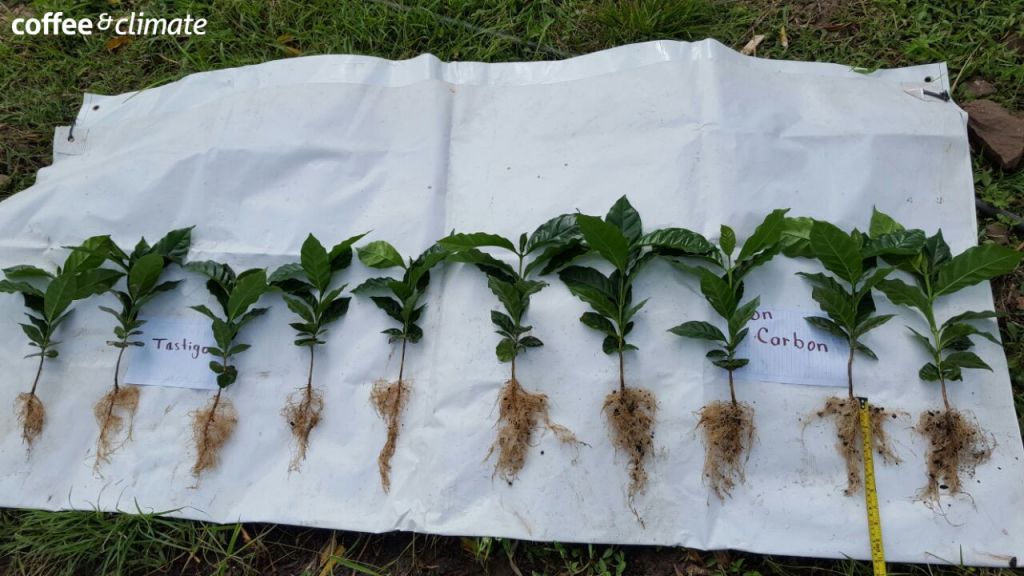
Concept
Biochar is produced from any plant matter (e.g. branches, husks, straw) with a high carbon content. It is created by pyrolysis – i.e. heating in a chamber where oxygen is restricted. This can be done in traditional earth piles, or more efficiently in modified metal containers or specially designed pyrolysis units. When heated, dry plant matter starts to produce flammable syngas (a mix of hydrogen and carbon monoxide) which can be channeled to maintain the heat required to fully reduce the substrate to the final product. Biochar has a very large surface area and a high cationic exchange capacity, so it has an inherently high capacity to store plant nutrients such as N+, K+, Ca++ etc. The porous nature of the material means that it also stores water and air. Hence it provides all the main requirements for soil microbial life, which plays a vital role in plant nutrition. Biochar can help remediate soils that have low fertility and surface area. Fertile soils with high organic matter have a large internal surface area with abundant micropores and sites that retain both nutrients and water molecules. As organic matter declines, soils lose this retentive property, so reversing this process can help to make soils more resilient to drought. Biochar is also very stable so it becomes a permanent component of the soil; archeological studies in the Amazon have discovered ‘black earth’ deposits more than 500 years old which still retain some fertility.
Drawbacks
Potentially incentivizes deforestation: Shortage of substrate to turn into biochar could cause increased pressure on scarce local woods and forests. Some carbon emissions: The pyrolysis process does release some carbon into the atmosphere, but the biochar subsequently added to the soil is permanently decommissioned.
Costs
Variable – if restricted to crop residues, coffee husks etc., and simple pyrolysis methods, unit costs will be low. On a large scale (e.g. for post-harvest processing) industrial pyrolysis units are expensive. However, because excess heat produced is enough to dry harvested beans, the investment may well be cost effective and studies are under way to test this.
Recommended Activities
- See how it’s done: For traditional production, learn from an experienced charcoal-maker. Also, there are a number of videos on the Internet which show how to produce biochar at low cost using metal drums or other improvised containers.
- Test out biochar with seedlings: Carry out small scale experiments with coffee seedlings, adding various amounts of biochar to the usual polybag mix; initial experiments by c&c show quite clear results after three to six months.
- Try it with other crops: Carry out small scale field studies with subsistence crops, incorporating biochar into soil before sowing maize, beans etc.
- Add to planting holes: If either or both of the above produce positive results under local conditions, add biochar to planting holes when renovating coffee plots.
Further Comments
- Make sure the pyrolysis temperature is high enough to burn off all oily deposits which may be phytotoxic; biochar should be odourless and tasteless on the tongue.
- Add biochar to compost or liquid organic preparations and leave for a few weeks. This can help to ‘prime’ the material so that microbial activity is already underway when it finally comes into contact with plant roots.
- Crush the biochar to small fragments in order to get a good mix with soil. The precise particle size is not well researched but probably something similar to ground coffee should be tried.
- Crushing biochar is time-consuming without machinery and it will require some ingenuity to carry this out effectively under local conditions.
- Biochar is also an effective way to detoxify soils that have had chemical spills and can be used to help purify water.
- Have something to add to this tool description? Leave a comment!
- Interested in applying this tool? Look for pictures, case studies and info sheets below for step-by-step instructions to get you started.
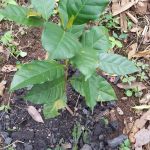
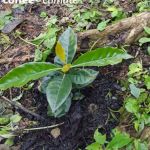
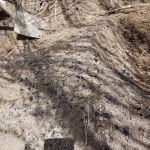
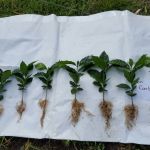
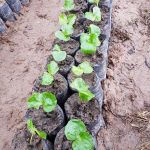
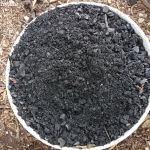
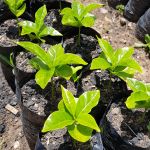
am setting up experiments to know the effectiveness of biochar, am kindly requesting for guidance in data collection tools. thanks
testing
testing response